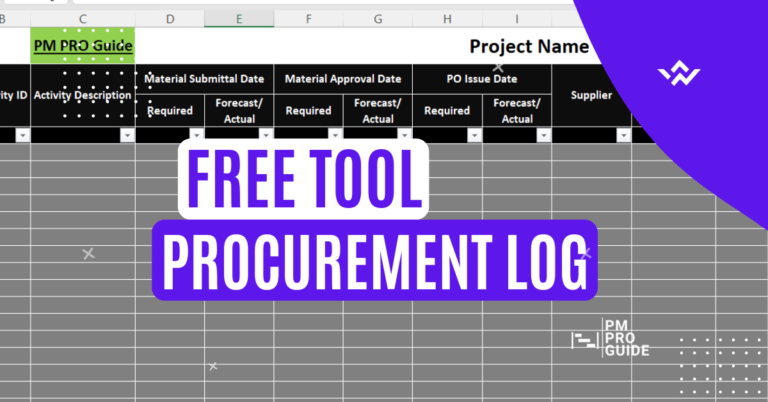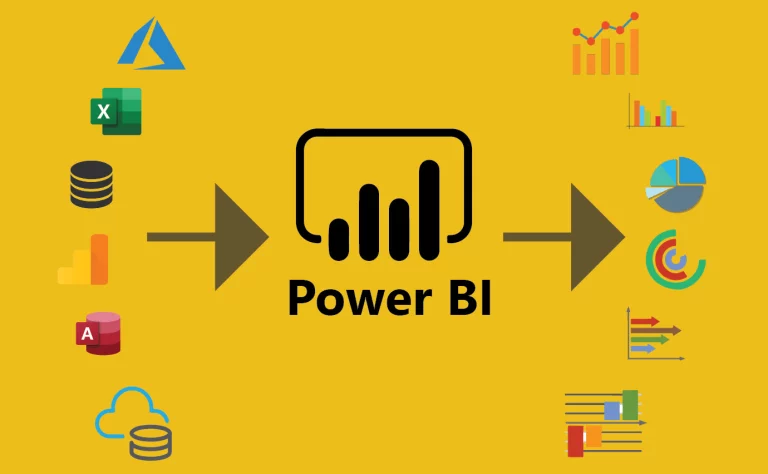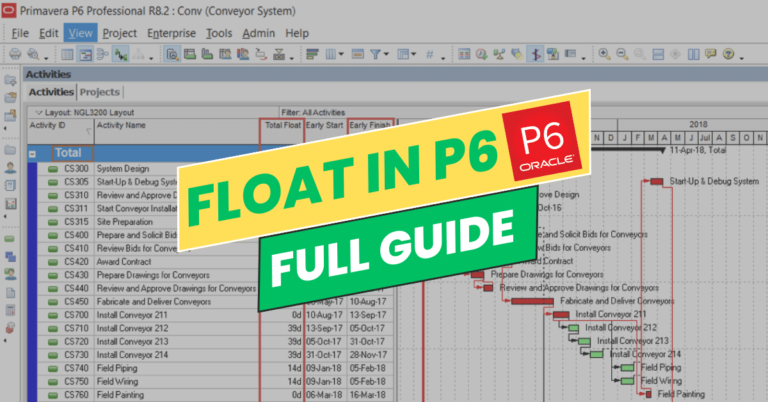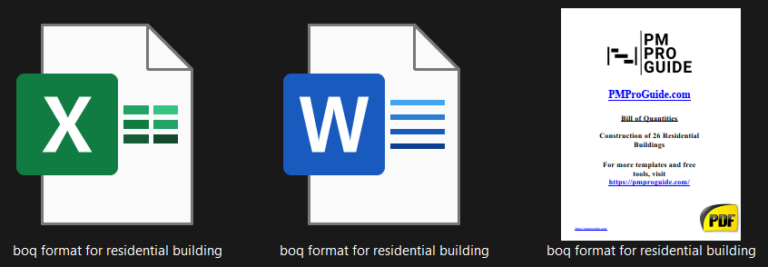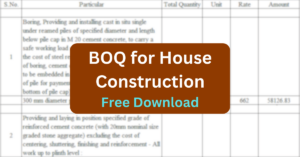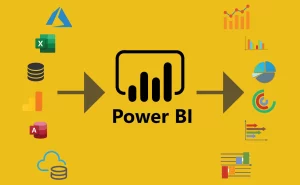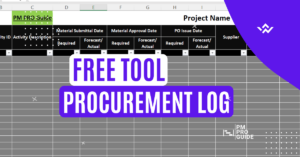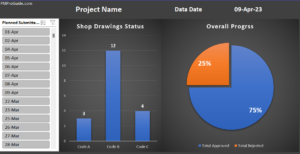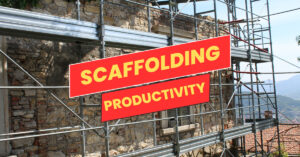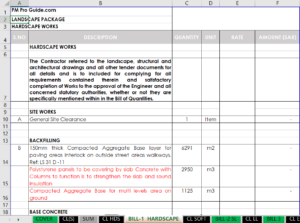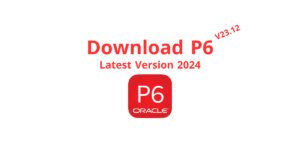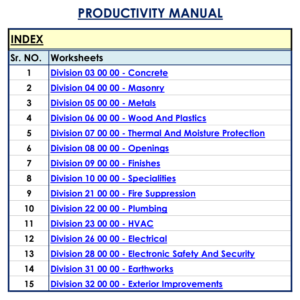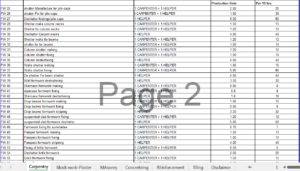Cost in constructions projects is normally a very critical topic. You can’t create almost anything without money. And understanding money and how costs and budgeting work will help you do great in your projects financially. Especially Direct and Indirect costs.
In this article we are going to cover a particular topic in this great world of cost. We will talk about the two main types of cost. Direct Cost and Indirect Cost.
Understanding this simple concept will help you estimate your expenses and costs in a proper way which may lead to finishing your project with success. Also understanding this critical concept will help you understand the basics of budgeting.
Construction projects involve a multitude of expenses that can impact on the overall budget. These expenses are typically categorized as either direct or indirect costs.
Direct costs are expenses that can be directly attributed to a specific activity or product, while indirect costs are expenses that cannot be directly traced to a specific activity or product.
In this article, we will dive deeper into the definitions and examples of direct and indirect costs, as well as their importance in project budgeting and effective cost management.

Table of Contents
Direct Costs
Direct costs are expenses that can be directly attributed to a specific activity or product. Examples of direct costs in construction projects include:
- Labor Cost
- Materials Cost
- Equipment rental
Calculating direct costs involves identifying the specific costs associated with a particular activity or product. Direct costs are important in project budgeting as they are easily quantifiable and can be directly controlled by project managers.
From my experience I can say that materials are the most significant direct cost in most construction projects. They include raw materials, such as lumber, concrete, and steel, as well as finished products, such as appliances, lighting fixtures, and flooring.
In some cases, material costs can exceed 50% of the total project cost. For example, the materials cost for a new commercial building could be $1.5 million for a total project cost of $3 million.
Labor is another significant direct cost in construction projects. It includes the wages and benefits paid to workers involved in the project, such as carpenters, electricians, and plumbers.
Labor costs can vary significantly depending on the type of work and location of the project. For example, labor costs for a large-scale construction project in New York City could be $500,000, whereas the same project in a less populated area might cost $250,000.
Equipment is also a direct cost in construction projects. It includes the cost of renting or purchasing tools, machinery, and vehicles needed to complete the work.

Examples
Examples of equipment costs include the cost of a crane or excavator rental, the purchase price of a backhoe or bulldozer, or the cost of a dump truck for hauling materials.
Equipment costs can vary widely depending on the type and amount of equipment needed for the project. For example, the cost of renting a crane for a month could be $10,000, while the purchase price of a new bulldozer could be $100,000.
Here is a breakdown for direct cost of a construction project
| Direct Cost Item | Cost Amount ($) |
| Labor | 100,000 |
| Materials | 150,000 |
| Equipment | 50,000 |
| Subcontractors | 25,000 |
| Permits | 5,000 |
| Total Direct Cost | 330,000 |
In this example, labor is the largest direct cost item, accounting for $100,000 of the total direct cost. Materials are the next largest direct cost item at $150,000, followed by equipment at $50,000 and subcontractors at $25,000.
Permits account for the smallest direct cost item at $5,000. The total direct cost for this project is $330,000.
Indirect Costs
Indirect costs, on the other hand, are expenses that cannot be directly attributed to a specific activity or product. Examples of indirect costs in construction projects include utilities, insurance, and office supplies.
Calculating indirect costs can be more challenging as they are often shared across multiple activities or products. Indirect costs are important in project budgeting as they can add up quickly and impact the overall project.
Also, Indirect costs are the expenses that are not directly related to the construction process, but they still contribute to the overall cost of the project. They are usually fixed and occur over a longer period, such as overheads, administrative costs, and insurance premiums.
Examples
Example A
For example, let’s say a construction company has a total annual overhead cost of $500,000. If the company completes 10 projects in a year, then the overhead cost per project will be $50,000.
This cost will be added to the direct costs of each project to calculate the total project cost.
Example B
Another example of an indirect cost is the cost of insurance. The construction company needs to ensure the construction site, workers, and equipment, which adds to the indirect cost of the project.
Insurance premiums are based on the value of the project, type of construction, location, and other factors. For example, if the project cost is $10 million, the insurance premium could range from 1% to 5% of the total project cost, which is between $100,000 to $500,000.
Administrative costs are another example of indirect costs that include expenses for management, finance, legal, and accounting services. These costs are usually calculated as a percentage of the total direct costs of the project.
For example, if the total direct cost of the project is $1 million, and the administrative cost is 10%, then the total administrative cost will be $100,000.
In summary, indirect costs are expenses that are not directly related to the construction process, but they still contribute to the overall cost of the project. These costs are usually fixed and occur over a longer period, and they are calculated as a percentage of the total direct cost of the project budget.

Example C
Here is another example
| Indirect Costs | Description | Cost |
| Insurance | Liability and property insurance premiums | $10,000 |
| Equipment rental | Rental fees for heavy machinery | $25,000 |
| Permits and fees | Building permits, zoning permits, impact fees, etc. | $7,500 |
| Overhead | Administrative and support staff salaries, rent, utilities, etc. | $50,000 |
| Contingency | A reserve fund for unforeseen expenses | $20,000 |
| Total Indirect Costs | $112,500 |
Note that these costs are not directly tied to the physical construction of the project but are necessary for the project to be completed successfully.
Indirect costs can often make up a significant portion of a project’s total budget, and it’s important for project managers to accurately estimate and track these expenses.
Managing Direct and Indirect Costs

To effectively manage direct and indirect costs, project managers need to identify the cost drivers for each expense category. Establishing a budget can help project managers plan and allocate resources effectively.
Monitoring and controlling costs throughout the project lifecycle can help ensure that the project stays within budget and that resources are allocated efficiently.
To effectively manage both direct and indirect costs, construction project managers should consider using specialized software solutions. These software solutions can automate cost estimation and tracking, identify cost variances, and help in project planning and scheduling.
Some popular software solutions used in the construction industry include Procore, PlanGrid, and Bluebeam Revu. These tools not only help project managers track costs, but also improve collaboration among team members, streamline communication, and facilitate real-time project tracking.
By investing in the right software solutions, construction project managers can effectively manage both direct and indirect costs and ensure successful project completion within budget and on time.
Conclusion
In conclusion, understanding the difference between direct and indirect costs is critical to the success of any construction project.
By properly managing these costs and utilizing the appropriate software, project managers can make informed decisions to ensure their project remains within budget and is completed on time. Additionally, if you’re a project manager or interested in project management obtaining a PMP certification can further enhance your skill set and career prospects and teach you more about costs.
If you’re interested in learning more about PMP certification and its benefits for engineers, be sure to checkout this article
Is PMP Still Worthy in 2023? Your Ultimate Guide to Project Management Certification
It provides a comprehensive overview of the certification process and how it can help advance your career in the construction industry. Don’t miss out on this opportunity to take your skills to the next level and achieve your professional goals.
Useful links:
Project Management Institute: https://www.pmi.org/
American Society of Professional Estimators: https://www.aspenational.org/
International Cost Engineering Council: https://www.icoste.org/

